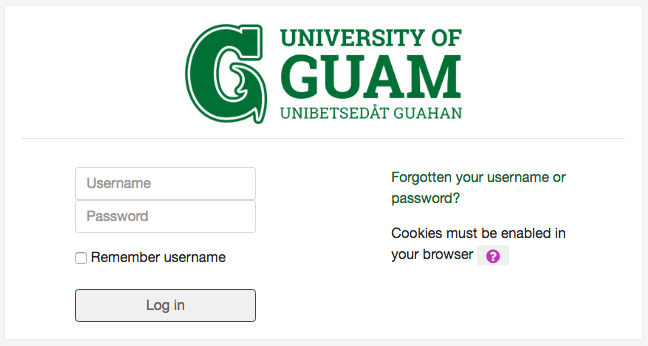During the first days of the semester, some professors in the College of Liberal Arts and Social Sciences told their students that they would not be printing their syllabi because they had limited copies.
It somehow spread, at least in the English and Communications building, that President Krise enacted a paper ban to save money on campus. The number “300” was thrown around as the copy limit that professors had to adhere to this semester. So, if you’re a CLASS student like me, you probably went to Moodle to find your syllabi.
My first thought was that I liked the initiative because frankly, I don’t need printed syllabi.
Plus, I thought about all the copies every professor must use to print their multiple-page syllabi for each student, for each class that they teach. That’s not very environmentally, or cost-friendly.
But it seemed the professors held a negative view on the paper limit. And, if it were true that 300 was their limit for the entire semester, I agree that that’s a little too conservative.
So, I contacted the President’s Office and was directed to Jonas Macapinlac, director of Integrated Marketing Communications.
I was surprised to learn that he was not aware of the so-called paper ban, and that President Krise had nothing to do with it. But, he offered a possible reason as to why there may be a limit on paper at CLASS.
“As you might have heard, GovGuam had to ask a bunch of agencies to cut their budgets. So UOG was no different,” Macapinlac said. “Now we’re operating, knowing we’re going to get less money from local appropriation. So what does that mean? That means that some of the different areas that we normally spend on have to be cut.”
According to James Sellmann, PhD, Dean of CLASS, 20 percent of their budget was cut.
“We had to cut teaching assistant hours by 20 percent. That’s probably been the biggest and hardest cut we’ve had so far because of the [financial] crisis,” Sellmann said.
Other than that, CLASS has had to become more strict on the copy limit, which is actually 3,000 copies per professor per semester.
Sellmann said that in years past, “whenever [professors] went over their 3,000 copies, I would just give them more. Now I can’t do that. They can’t overrun their copy budget. They’ve got to use Moodle to distribute the syllabus and distribute class handouts.”
The general operations budget approved by GovGuam this fiscal year allotted CLASS $71,500 for contracts, which is mainly for the copier equipment, and $23,446 for supplies, which includes copier paper and ink cartridges for printers.
Obviously, reducing paper alone will not save the University of its budget constraints. But cost aside, being more strict on copy limits prevents unnecessary waste.
At Macapinlac’s office, moving forward, they are making the course schedules for each semester only available online.
“The course schedules for each [semester] were downloaded almost 150,000 times from the UOG website,” Macapinlac said. “Years ago we used to print 10,000 of them, then we lessened to 5,000, then 2,500. But then we still have old ones laying around. So this year we’re not even printing, we’re just putting them online.”
Additionally, if you have paper that you’re looking to recycle, the CLASS office has a shredder open for use. Recycled, shredded paper is used in the psychology animal lab, and any excess is given to the Center for Island Sustainability for mulch at the Triton Farms.
Moral of the story: don’t believe all the rumors you hear, and don’t waste paper.

